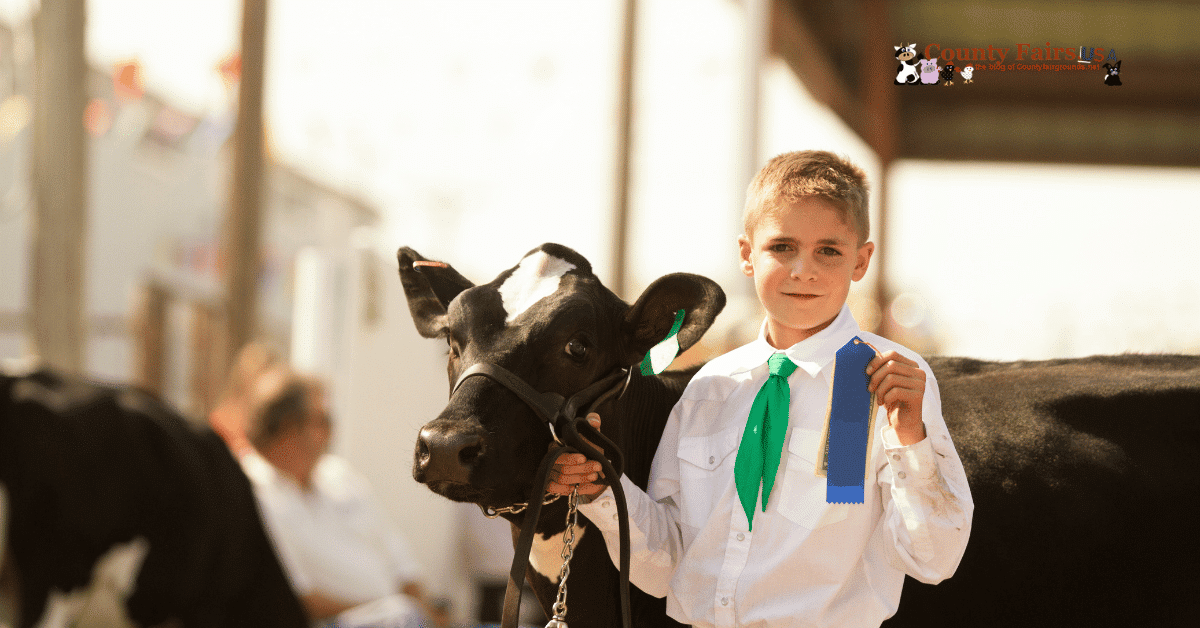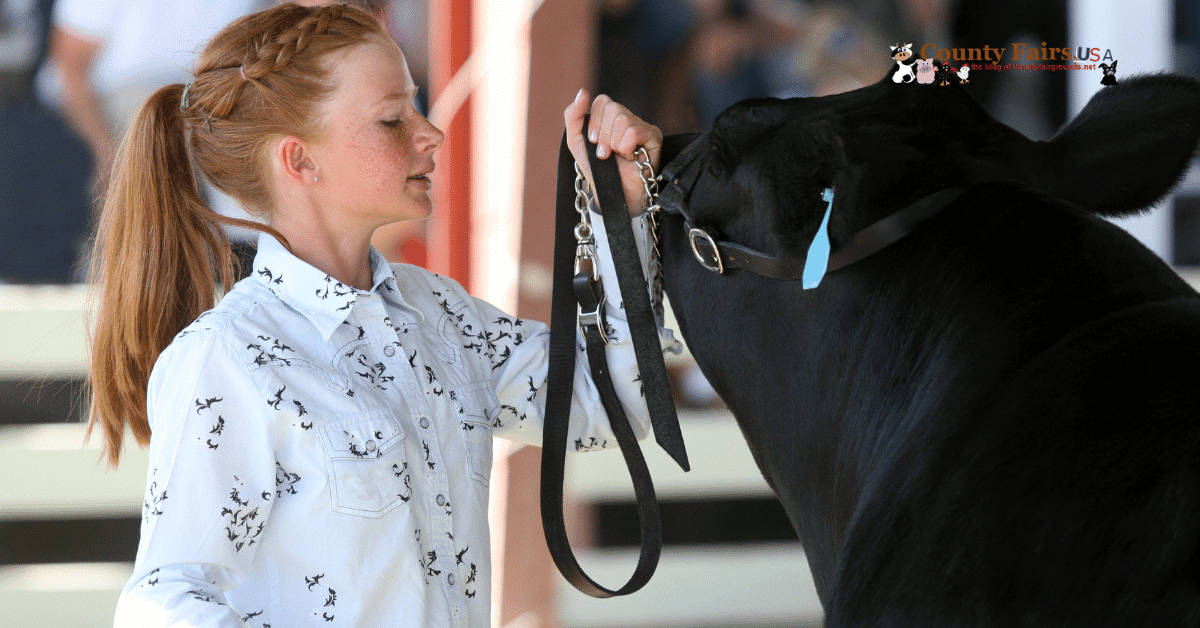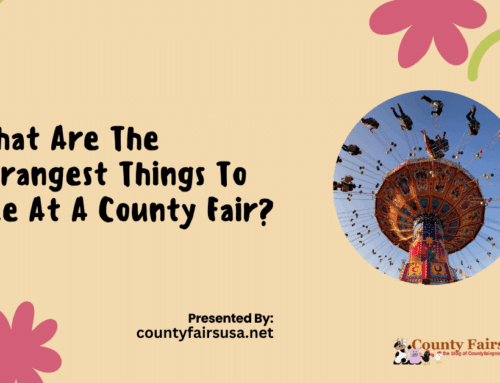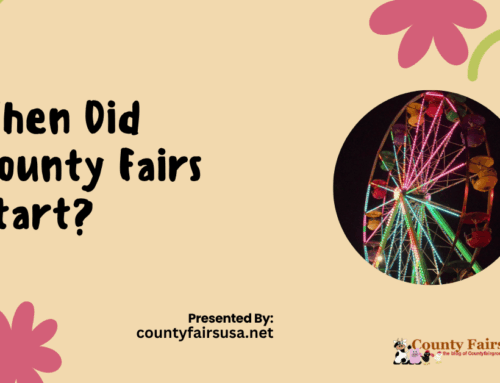There’s something timeless about a stroll through the livestock barns at a county fair. The smell of hay, the hum of chatter, and the sight of proud young handlers grooming their cows paint a picture of rural life at its best. Among the food stands and carnival rides, it’s often the cattle shows that hold the heart of the fair offering a closer look at the animals that keep American farms running.
What Top Cow Breeds Win Big at County Fairs?
Whether you’re a long-time fairgoer or bringing the kids for their first barn visit, it’s easy to be impressed by the variety of cows on display. From milk-producing dairy stars to muscular beef breeds, each animal comes with its own story, purpose, and personality. In this guide, we’ll highlight the top cow breeds you’re most likely to see at this year’s county fairs and what makes each one stand out in the ring.
Why Cow Breeds Matter at County Fairs
County fairs aren’t just about fun they’re a reflection of the agricultural roots of each community. Livestock shows, especially those featuring cattle, are central to these events. For young people in 4-H and FFA, raising a cow is often their first major commitment. Months of feeding, training, and grooming all lead up to the big moment in the show ring.
Judging is based on conformation, behavior, presentation, and how well the animal represents its breed. Each category dairy or beef has its own standards, making breed knowledge essential for both judges and spectators.
Top 10 Cow Breeds You’ll Spot at This Year’s Fairs
Below are some of the most commonly seen and crowd-favorite breeds you’ll likely encounter.
1. Holstein
- Purpose: Dairy
- Appearance: Large frame, black-and-white patches
- Personality: Calm and easy to handle
Holsteins are easily the most recognizable dairy cows in the U.S. Known for producing large volumes of milk, they’re a staple in most dairy competitions. Expect to see Holstein heifers and mature cows in youth showmanship contests and milking demonstrations.
2. Jersey
- Purpose: Dairy
- Appearance: Smaller body, golden-brown coat, big eyes
- Popular with: First-time exhibitors
Jerseys might be small, but they make up for it with their rich milk and gentle nature. Their docile behavior makes them a perfect match for younger handlers, and they’re often featured in beginner dairy classes.
3. Angus
- Purpose: Beef
- Appearance: Solid black or red, muscular build
- Why they stand out: Known for excellent meat quality
Angus cattle are a dominant presence in junior steer shows. Their balanced build and calm nature make them ideal for both first-time and experienced exhibitors in market beef classes.
4. Hereford
- Purpose: Beef
- Appearance: Reddish coat with a white face and underbelly
- Strength: Hardy and friendly
Herefords are known for their laid-back demeanor, making them a great choice for young participants. These cattle are reliable and sturdy, often making repeated appearances in both youth and open show categories.
5. Simmental
- Purpose: Dual (Beef and Dairy)
- Appearance: Varies from light red to dark brown with white markings
- Traits: Large and well-balanced
Simmental cattle are often used in crossbreeding programs and are frequently entered in breeding or market steer shows. Their size and strong build make them an impressive sight in the ring.
6. Brown Swiss
- Purpose: Dairy
- Appearance: Solid brown to gray with a powerful frame
- Key features: Long-lived, steady milk producers
Often mistaken for beef cattle due to their size, Brown Swiss cows are actually dairy champions. Known for their quiet behavior and solid milk yield, they’re usually shown by experienced dairy exhibitors.
7. Charolais
- Purpose: Beef
- Appearance: Creamy white, large frame
- Best known for: Impressive weight and muscle tone
Charolais cattle stand tall literally. Their height and light coat color make them hard to miss. These steers are frequently entered in market beef shows due to their rapid growth and solid frame.
8. Belted Galloway
- Purpose: Beef (and photogenic charm)
- Appearance: Distinct black body with a white midsection
- Nickname: “Oreo cows”
Belted Galloways are a hit with fairgoers. Though not always entered in traditional competitions, they’re commonly featured in heritage breed displays or family-friendly exhibits thanks to their striking appearance.
9. Shorthorn
- Purpose: Beef and Dairy
- Appearance: Red, white, or roan color variations
- Ideal for: Multipurpose farms
Shorthorns are appreciated for their adaptability. They can be shown in both dairy and beef categories and are great for young handlers because of their calm behavior and easy care routine.
10. Dexter
- Purpose: Dual-purpose (ideal for small farms)
- Appearance: Small, compact, black or red
- Known for: Being easy to manage
Dexters are the smallest breed on this list, but they’re gaining attention in fairs for their friendly nature and versatility. These cows are often entered by younger children or families running small homesteads.
What Judges Look for in the Show Ring
Each show category has its own judging standards, but some traits are universally important:
- Body Conformation – Balanced proportions and muscle structure
- Cleanliness and Grooming – Well-brushed coats, trimmed hooves, clean ears
- Temperament – Cows that handle calmly during walks and stands
- Condition – Healthy weight, shiny coat, and overall good care
- Breed Standards – Does the cow look like what its breed is known for?
Spectators can learn a lot by watching judging sessions it’s a live lesson in animal science, behavior, and hard work.
Fun Activities Around the Cow Barn
Even if you’re not showing an animal, there’s plenty to enjoy in the cattle section:
- Milking booths – Try your hand at traditional or mechanical milking
- Cow grooming demos – Watch how show animals are bathed and brushed
- Educational signage – Learn fun facts about each breed
- Meet the handlers – Many are students eager to share their knowledge
- Photo stations – Snap a picture with champion cows or decorated stalls
These areas are designed for fairgoers of all ages and offer a window into rural life and farming culture.
Tips for First-Time Visitors
If this is your first time visiting the cow barns at a county fair, here are a few helpful tips:
- Visit early in the morning for a quieter experience
- Don’t touch the cows without permission
- Respect the space around the stalls
- Ask questions the youth exhibitors are usually excited to talk
- Stay for a judging session to see how competitions work
Conclusion
The cow barn isn’t just a backdrop at county fairs it’s a living classroom and a celebration of tradition. From dairy giants like Holsteins to small yet mighty Dexters, each breed plays a special role in farm life and fair competition. These animals represent months of dedication, not just from farmers but from the young people proudly leading them into the ring.
So next time you visit a county fair, don’t skip the livestock section. You’ll walk away with a better understanding of where your milk or steak comes from and maybe a new favorite cow breed too.










Leave A Comment